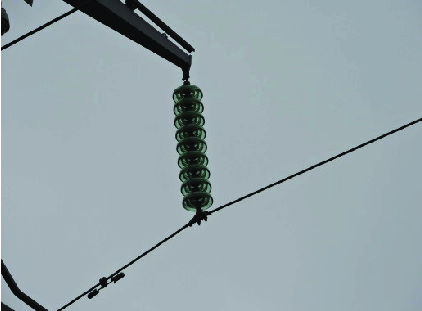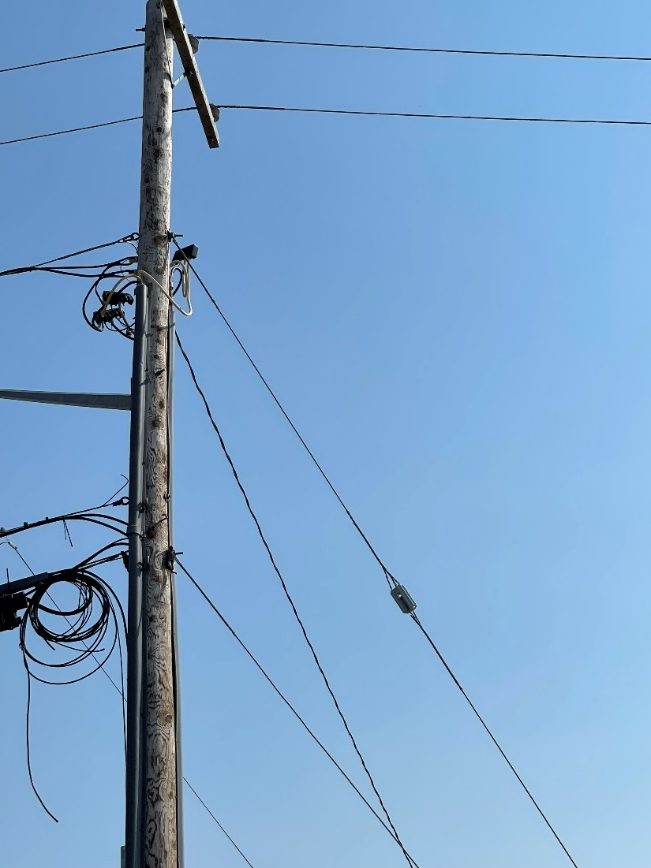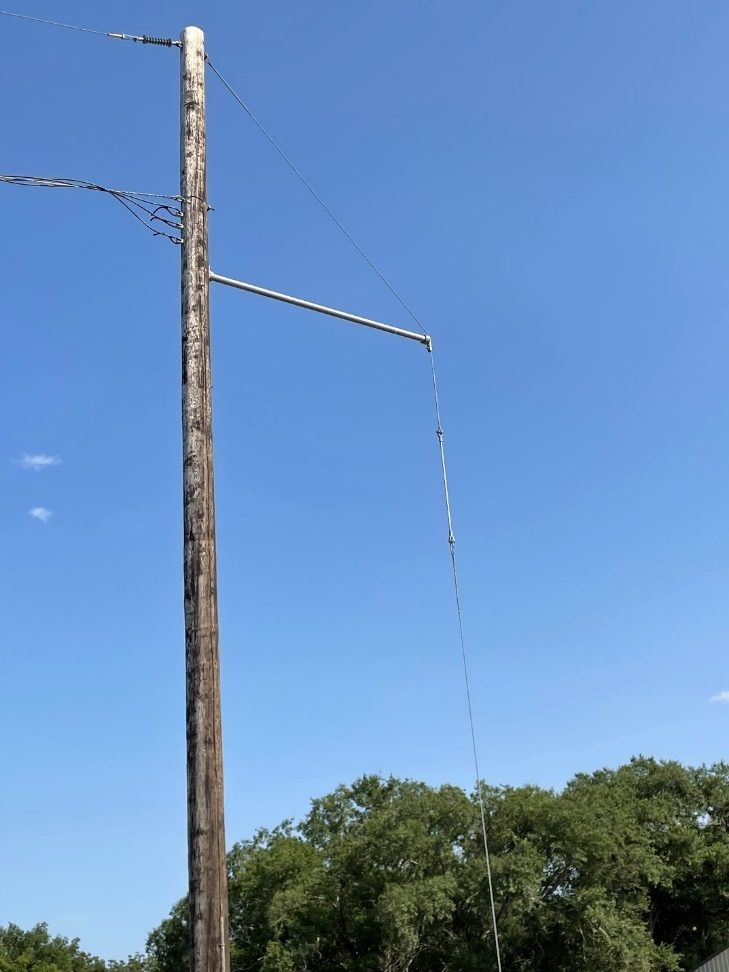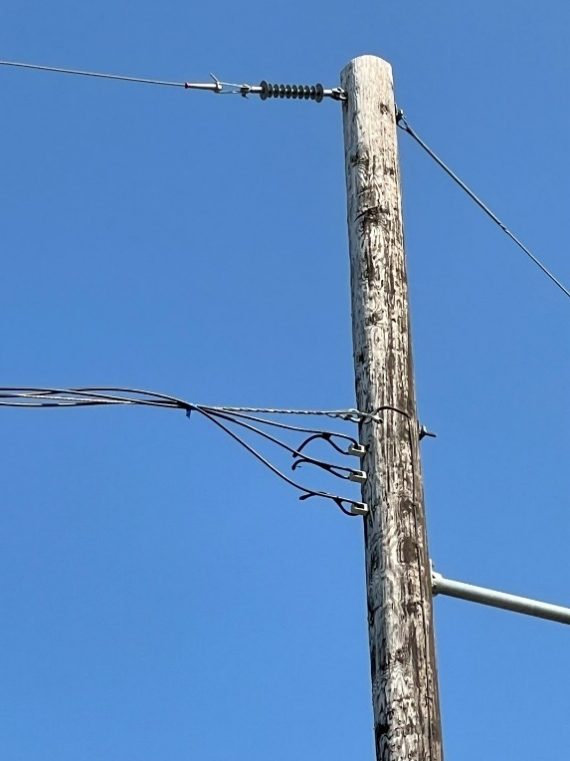2 Outcome 1: Overhead Distribution Systems
Section Information
Outcome/Competency: You will be able to describe overhead distribution systems.
Timing: 6.5h
Rationale:
Why is it important for you to learn this skill?
Powerline technicians need to understand the basics of the overhead distribution systems they’ll be working with in order to understand how current flows and keep themselves safe, as well as to complete their jobs accurately.
Objectives:
To be competent in this area, the individual must be able to:
- Identify and describe common overhead powerline components and uses
- Identify and describe common operating voltages
Learning Goals
- Identify and describe common overhead powerline components and operating voltages.
Introduction:
In this section you will learn about insulators, types of conductors, line conductor properties, and transformers. You will be presented with content and have opportunities to practice throughout.
Topic: Insulators (1h)
- Cover the following content as a group (either reading out loud or independently) then give an opportunity to answer any questions.
- Have students do the review questions independently, then take up answers.
Line Insulators
Insulators are used to control the flow of electricity. Without them, there would be no way of preventing the electricity from flowing straight to ground.
Insulators are used for several reasons:
- Control electricity flow
- Conductor support
- Provides protection for employees and public
Flashover Rating
Insulators are rated at 1/8 their dry flashover voltage. If an insulator will flash over at 80kV (in dry, clean conditions), it will have a rating suitable for lines up to 10 kV.
Broken, chipped or dirty insulators should never be used in line construction. Not only will their rating be reduced, but radio noise and tracking may occur.
Review Questions: Insulators (30m)
Insulators are rated at ( 1/4, 1/2, 1/8 ) their dry flashover voltage.
An insulator rated at 25 kilovolts will arc over at:
15kV
25kV
200kV
120kV
( True / False ) Insulators can be made of porcelain glass or epoxy.
( True / False ) Suspension insulators should never have insulators added to increase the insulation rating.
Match the statements on the right with the insulators on the left.
|
____ Used where large tension exists. |
|
____ Used on long spans and high voltages |
|
____ Used on narrow right of ways |
|
____ Used to protect public and personnel |
|
____ Used on secondary voltages |
- ( True / False ) Insulators with chips or cracks are safe to use if the damage is minor.
Answer Key
1.1/8, 2. 200kV, 3. T, 4. F, 5. c, a, e, d, b, 6.








